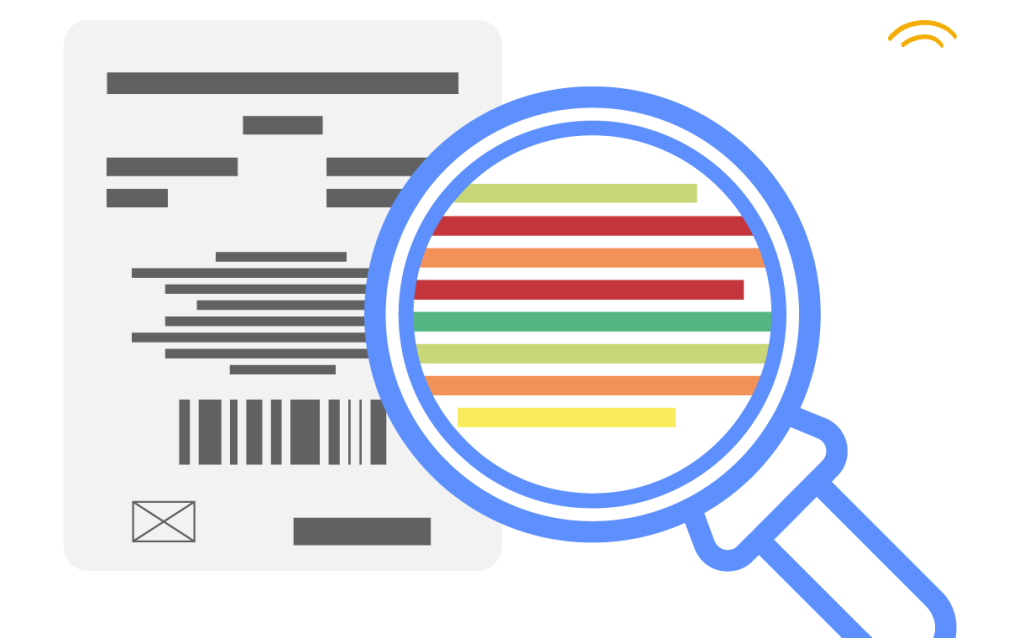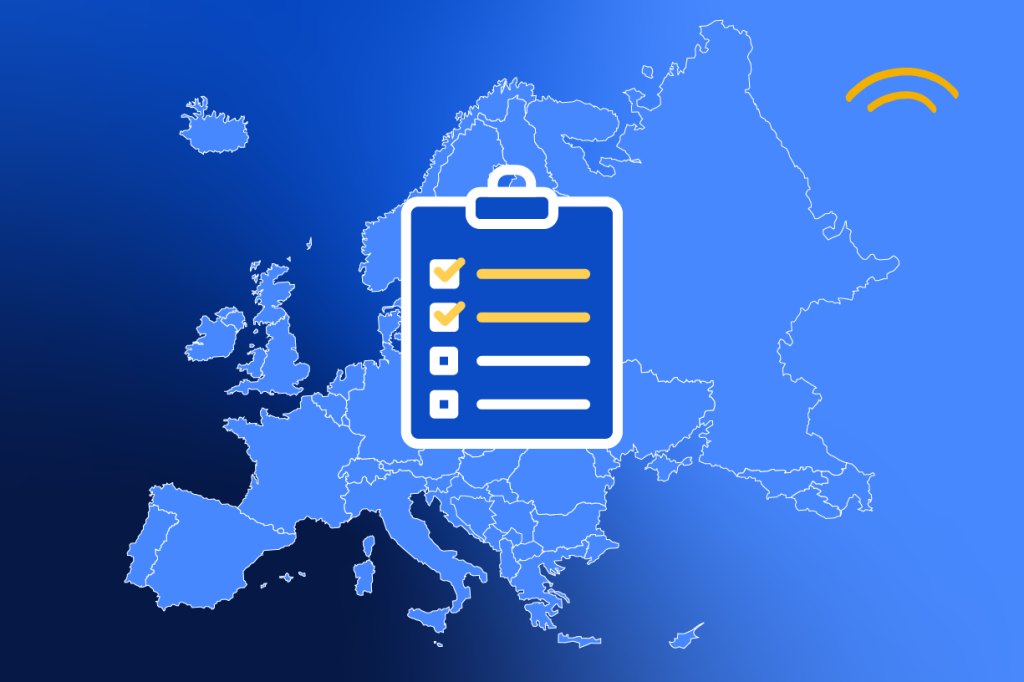
More and more people want to make sustainable purchasing choices, and are looking to businesses to communicate transparently about the social and environmental impacts of their products and services.
It’s no longer good enough to make vague but well-meaning statements about “going green” — consumers are scrutinising sustainability claims increasingly closely, and bodies like the Competition and Markets Authority in the UK and the Federal Trade Commission in the US are regulating what businesses can and can’t say.
This presents a formidable challenge to businesses: how do you ensure that the customer-facing sustainability claims you make are true, accurate, transparent and defensible?
What is a Consumer-Facing Claim?
A customer-facing claim refers to any statement on your company website, marketing and advertising, social media and product packaging relating to the features, benefits, or performance of your products or services.
When it comes to making claims about your products’ sustainability credentials, people want to know if what you’re saying is accurate and transparent. For example, it’s no good saying “we’ve lowered CO2 emissions by 35%” without also specifying what you’re comparing these emissions to, and how you have arrived at your figure.
It’s important to do this not just to help consumers make informed purchasing decisions, but also to stay on the right side of the relevant regulations.
What are the Relevant Regulations?
Regulations differ per market, but what is consistent is the need to be able to substantiate your claims with data. In the UK, for example, the Authority for Competition and Markets Authority website lists the following six rules in its Green Claims Code:
Green claims MUST:
- • Be truthful and accurate: Businesses must live up to the claims they make about their products, services, brands and activities
- • Be clear and unambiguous: The meaning that a consumer is likely to take from a product’s messaging and the credentials of that product should match
- • Not omit or hide important information: Claims must not prevent someone from making an informed choice because of the information they leave out
- • Only make fair and meaningful comparisons: Any products compared should meet the same needs or be intended for the same purpose
- • Consider the full life cycle of the product: When making claims, businesses must consider the total impact of a product or service. Claims can be misleading where they don’t reflect the overall impact or where they focus on one aspect of it but not another
- • Be substantiated: Businesses should be able to back up their claims with robust, credible and up to date evidence
The upshot is that you need to go above and beyond to ensure that consumers can trust your sustainability claims. If you fall short of these standards, you risk being accused of greenwashing, or one of its lesser-known companions.
Greenwashing, Greenhushing and Greenwishing.
Greenwashing is, unfortunately, an all too common occurrence. There are countless examples of businesses deliberately making deceptive sustainability claims in order to persuade consumers that their products and policies are more environmentally friendly than they really are.
Greenwashing is obviously wrong in every respect, and now carries with it the risk of damaging the brand’s reputation, as well as fines up to tens of millions of pounds. In the UK for example, ASOS, Boohoo and Asda are all currently under investigation by the CMA to scrutinise their “green” claims.
More recently there has been a rise in greenhushing: the deliberate withholding of information about sustainability practices, in order to avoid scrutiny or criticism.
Another pitfall to avoid is greenwishing: the act of expressing nothing more than your hope of becoming environmentally friendly, with no evidence or intention of taking concrete action.
Greenhushing and greenwishing, while undesirable, are easier to understand — they arise when a company wants to say something positive, but doesn’t have the confidence to communicate transparently about the reality of their situation.
Why Transparency is Critical?
People want to be able to make informed decisions so they can support businesses that are genuinely working to reduce their environmental and social impacts. In order to be able to do that, people need to have easy access to relevant information.
Transparent sustainability communication — even if you’re not yet doing things “perfectly” — is the bedrock of consumer trust.
Customer-facing claims and transparency refer to the practice of openly and accurately communicating information about products or services to consumers. It involves making claims, statements, or representations about a product’s features, benefits, or performance that directly reach the target audience. Transparency in this context entails providing clear and truthful information, avoiding deceptive practices, and being upfront about any limitations or risks associated with the product, fostering trust and confidence among customers.
— Bart Nollen, Dayrize Co-founder
The first step is getting a detailed picture of exactly what’s going on in your supply chain. Once you have a detailed understanding of your situation, you can communicate accurately about what you’re doing, where you’re going, and how you’re going to get there. This is easy enough to say, but in practice, extremely difficult to achieve.
In order to get a holistic view of a product’s environmental and social impacts, businesses need to extract information from every step of every supply chain, including every other business partner involved.
Getting hold of primary data throughout complex supply chains demands a meticulous approach to data collection, and a substantial investment of time and money.
Making Sustainability Information More Accessible
That’s where Dayrize comes in. Our intelligent software is able to accurately measure a product’s impact throughout the supply chain, even when the required data is fragmented or missing. We can kickstart your data gathering and impact measurement using high-quality, publicly-available data.
Removing the need to wait for primary data speeds up the process considerably. Our industry-leading software can provide an accurate assessment in minutes instead of months, at a fraction of the cost of traditional practices. And once you know where you are, then you can see what you need to do, in order to get to where you want to be.
A recent example of Dayrize simplifying access to climate insights in this way is our partnership with ecolytiq:
Our partnership with ecolytiq revolutionises the way banking customers engage with the environmental footprint of their transactions. Combining Dayrize’s precise impact analytics at the product level with ecolytiq’s powerful platform, we’re making sustainability more accessible by integrating impact insights into everyday banking apps. At Dayrize, we believe that transparency fosters positive change, and our collaboration with ecolytiq is an important step to empower business and consumers to make more informed choices.
— Austin Simms, Dayrize CEO
In short, we’re here to help you help your customers make informed purchasing decisions — and ultimately bring consumption within planetary and societal boundaries.
A Closing Thought
Dayrize can provide your business with the information and actionable insights you need to make consumer-facing claims with confidence. When you can communicate accurate sustainability information with full transparency, you make it easy for consumers to trust what you’re saying, and more likely to become loyal customers, or even brand ambassadors.
Subscribe to Dayrize updates to learn more from leaders in sustainability for businesses.

